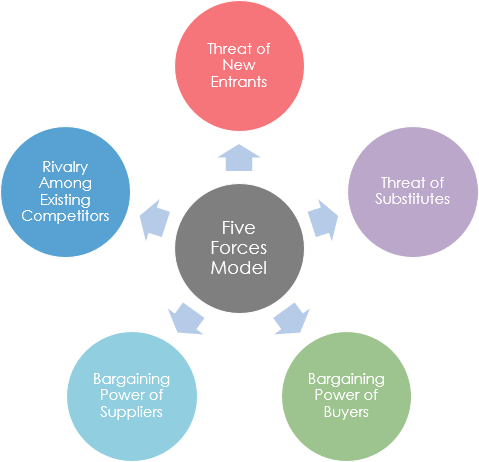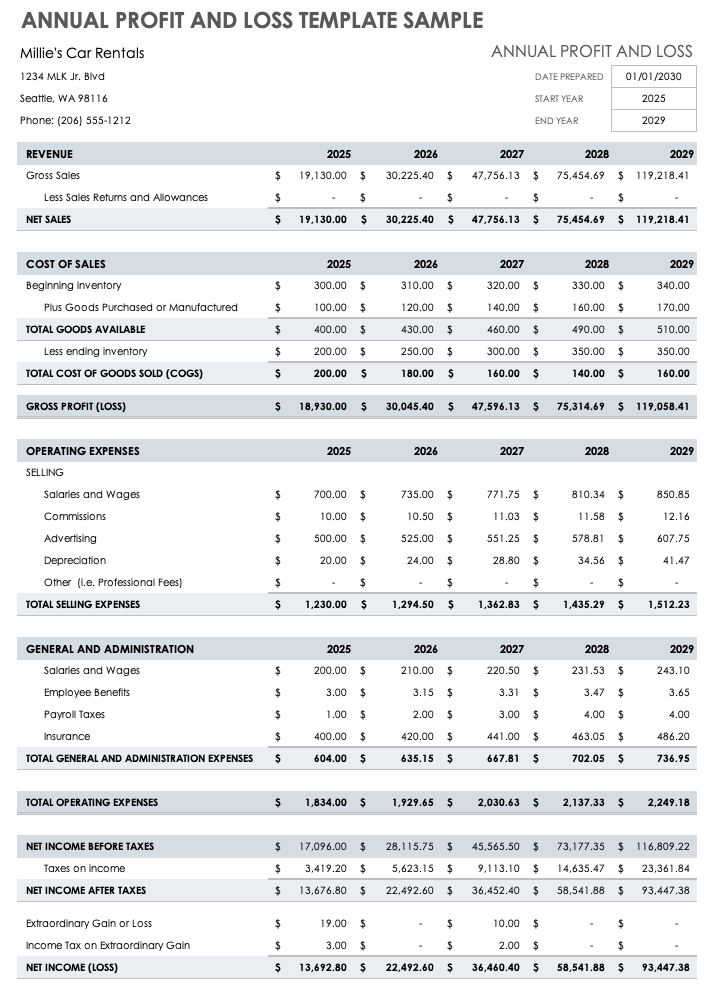How to Start a Gift Box or Gift Basket Company
According to Coresight Research, in 2021, the estimated U.S. market size for personal gifting was $1.18 trillion. Throw in another $242 billion in corporate gifting and the total market size for gifting in the U.S. was just over 1.42 trillion. With an 8.1% CAGR, the total U.S. gifting market is estimated to be over $1.5 trillion by the end of 2024.
Maybe, just like me, you are thinking that you would like a piece of that pie. You’re not greedy so it doesn’t need to be a big piece. I’ll bet you would probably be okay with just one-tenth of one percent of that market, which would be $1.5 billion.
Now, before you start shopping for private jets and luxury yachts, you need to figure out how you are going to build your gifting empire. It can be overwhelming to start a new business, and you might not know how or where to start. Desmond Tutu once said that there is only one way to eat an elephant: a bite at a time. The same is true for starting your own gift box company. When you tackle one step at a time, you will find that starting your company is much less daunting than you originally thought.
In this series of posts, I will walk you through several of the key steps of starting your gifting business, including the dos and don’ts I have learned through my journey. While this list isn’t meant to be an all-inclusive list of everything you need to know, it will serve as a helpful guide as you start down the road of entrepreneurship, helping you increase your chances of success.
Over the next six weeks, I will focus on the six steps to starting your own gift box company:
1) Conduct Market Research and Identify Your Niche
2) Identify Your Sales Channels
3) Prepare Your Business Plan
4) Establish and Fund Your Company
5) Sourcing Products and Packaging
6) Setting Up Your Operations


1. Threats of New Entrants
In this section, you will try to determine the risk of new entrants into your niche. To help you should ask yourself two questions:
1) What are the barriers to entry in this niche/market?
2) How will existing companies respond to new entrants?
Barriers to entry may include start-up costs, the ability to procure the needed products, etc. One advantage of narrowing your niche is that your market size might become small enough that some of the larger competitors won’t find it an attractive enough market.
2) Rivalry Among Existing Competitors
You should spend a lot of time on this step. This is where you will identify competitors and what they are offering. To identify competitors, you should start with a Google search for any search term that you think your customers might use to find you. Companies that are paying for sponsored ads on those terms are competitors. In addition, companies that show up in the organic search results are also potential competitors. Dig deeper than just the first page of results. You will find competitors on the next several pages.
In addition to Google, conduct your same search on Amazon and Etsy. You will find some of the same competitors but also many others.
Start to identify how you will differentiate your products and services from your competitors. Trying to compete on price will probably not work since you will not initially have the buying power your competitors have and your advertising costs will likely be higher as you build your brand, so focus on other areas of differentiation
3) Bargaining Power of Suppliers
Since most of your COGS (cost of goods sold) will come from product and packing costs, it is critical to gain an understanding of those costs in your market research. As you narrow down your niche, be sure that there are enough suppliers servicing that niche to ensure price competition and availability of products. You might want to reach out to some of the suppliers to make sure you can purchase their products and find out what is required to set up a wholesale account, etc.
4) Bargaining Power of Buyers
You may have some overlap with your competitor analysis when you complete this section. When you have more competitors selling the same or similar products your buyers will have more choices and power. In addition, since your niche market is likely made of many smaller companies, you might find yourself being undercut on price by several different companies. This is especially true on third-party marketplaces like Amazon and Etsy.
5) Threat of Substitutes
In addition to the competitors you identified when completing your competitor analysis, you need to be aware of substitute products that can impact your business. For example, if a customer perceives that the price of your gift b is too high or your shipping lead times are too long, they may opt to send flowers or a dozen cookies instead of your curated gift box. Making your product unique and/or custom will help reduce the threat from substitute products.

Identify Your Sales Channels
After you have completed your market research and identified your niche, it’s time to figure out where you will sell your gift boxes. Your primary sales channels will probably be digital, but you shouldn’t limit yourself to only digital channels. We will review non-digital options in more detail at the end of this week’s post.
When considering digital sales channels, you have two main options. The first is to build a website and drive traffic to your site. The second is listing on a third-party marketplace. The right digital sales strategy will probably include a combination of both options so we will review the pros and cons of some of the more popular solutions below.




These are only a few of the many channels you can utilize to sell your gift boxes. Think outside of the box, pun intended, and find ways to make your gifts stand out.
Prepare Your Business Plan
Before we discuss how to prepare your business plan, let’s take a step back and discuss why you should build a business plan to begin with. A business plan serves multiple purposes, and we will take a closer look at three of them in this post:
1) A Guide to Organizing Your Thoughts and Plans
2) A Roadmap to Start and Operate Your Business
3) A Tool to Secure Funding
A Guide to Organizing Your Thoughts and Plans
In the process of identifying your niche, completing your market analysis, and selecting your sales channels, you have put a lot of thought into your new business. Now it’s time to start collecting and organizing your thoughts. You likely have information in various locations and formats that need to be combined into a single, useful document.
As you work through the various sections of your business plan you will have new ideas and questions that will help refine or even change some of your plans and assumptions. There will likely be several things that up to this point in your journey you haven’t considered. Taking the time to prepare a well-thought-out business plan is probably one of the most important steps in launching a new business and can save you time and money, the two things a new business owner never has enough of.
A Roadmap to Start and Operate Your Business
As you progress with your plans to launch and run your business, you will find yourself pulled in many different directions. There is always a fire to put out, a new idea to run down, or an opportunity to capitalize on. Your business plan can serve as a compass or your north star to ensure you are always on the right path. It can help you decide where to commit resources, which opportunities to pursue, which to pass on, how to prioritize competing tasks, and where to spend capital. Keep in mind that a business plan should be a living document. There will be times you will need to update your plan to allow for new opportunities or challenges.
A Tool to Secure Funding
Unless you are self-funding your business, you will likely use your business plan to apply for loans, seek investors, or ask family & friends for funding. In some cases, your business plan will be the first impression these institutions and individuals have of you. You want to show them you are serious, have thought of all the risks and opportunities, and are set to succeed. Most new businesses don’t get funded because they have the best idea, but instead because the lending institution or investor has confidence in the prospective business owner.



After you have what you think is a good draft of your plan completed, give it to friends, family members, or other colleagues and ask them to play devil’s advocate and try and poke holes in it. It will likely take you several drafts before you are ready to take your business plan to potential investors or lending institutions.
Check back next week when we will look at establishing and funding your new company.

